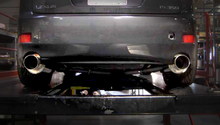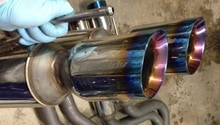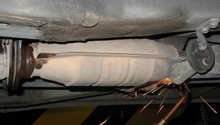Lexus IS/GS: Exhaust Modifications
A vehicle's exhaust is an area that conceals much untapped horsepower. Learn the different ways to unleash it!
This article applies to the Lexus IS, GS (2005-2013).
Improving the Lexus IS's performance isn't going to happen by just replacing the exhaust tips, but upgrading the rest of the exhaust system can net some real horsepower gains. Lexus has left plenty of room for improvement here in the search for a "luxurious" sounding exhaust. Axle-back and cat-back exhaust systems reduce exhaust flow restriction and will make the Lexus IS or GS louder. Furthermore, all vehicles have exhaust "headers." This is another area that can benefit from increased airflow with upgraded hardware.
Exhaust Modifications
Headers

DIY Cost – $825-$875 for parts
Professional Cost – ~8 hours Labor minus parts
Skill Level – Moderately advanced. Requires removal of stock exhaust headers and stock primary catalytic converters as well as related sensors. ~6-10 hours install time.
Exhaust headers are a major choke point on both the Lexus IS and GS models when it comes to exhaust. One manufacturer has designed a system available in ceramic or steel that has proven great gains over stock output. Pairing this up with a proper cat-back or axle-back system will surely allow your sport sedan to growl at idle and roar at wide open throttle. There are great gains to be had from this upgrade, as seen in Figure 1. This part will upgrade the stock exhaust headers up to Catalytic converter. For the cost, it is a well worth upgrade. PPE is currently the only manufacturer of this part. You will find a DIY in the Related Discussions below if you wish to handle the upgrade on your own.
Exhaust Pipes (Axle-back and Cat-back)

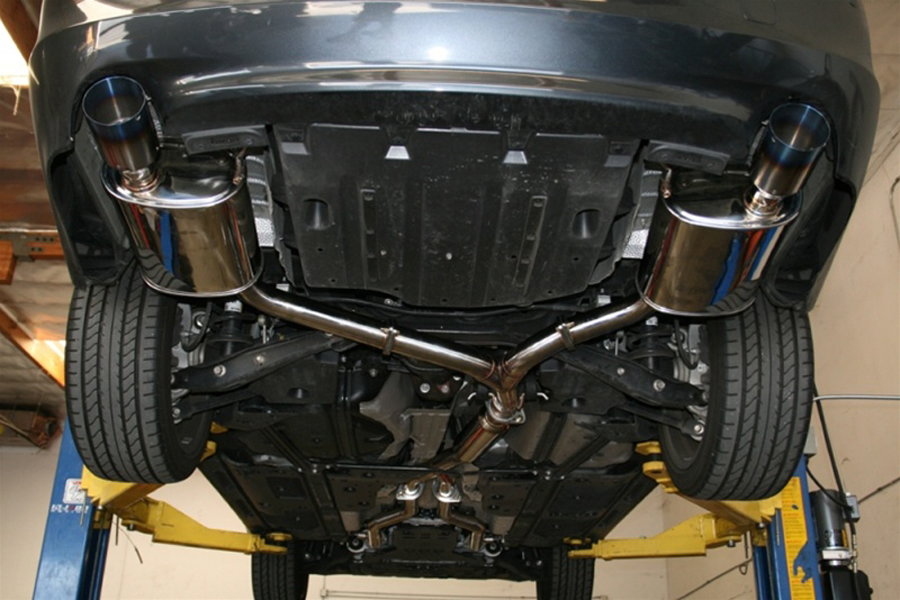
DIY Cost – $690-750 for axle-back, ~$1,200 for cat-back
Professional Cost – 6-8 hours minus parts.
Skill Level – Moderately advanced. Requires removal of old exhaust components and catalytic converters as well as related sensors.
Exhaust pipes are available in axle-back and cat-back form. Both systems can provide moderate to great horsepower gains and improvement in throttle response. Simply put, upgrading your vehicle's exhaust system allows the motor to breathe better, resulting in increased performance gains. Cat-back exhaust systems replace the full length of your exhaust system from the Catalytic converter and back. There are noticeable gains and improvement with this upgrade along with an aggressive tone to the sound of the vehicle at idle and wide open throttle. An axle-back system only replaces the section after the resonators (after the catalytic converter) and back. This a cost effective upgrade with mild performance gains in horsepower, throttle response and exhaust tone.
Exhaust tips
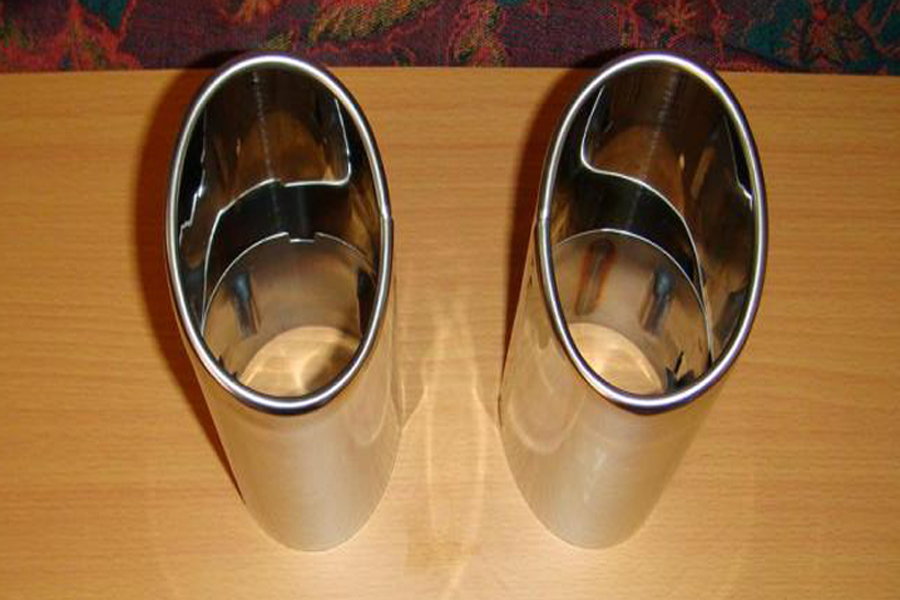
DIY Cost – $50
Professional Cost – 1-2 hours labor minus parts
Skill Level – Easy/Moderate. This job requires welding the tips onto the existing tail pipe(s), but they can also be clamped.
Some enthusiasts simply like the "look" of a performance sports car. Exhaust tips are a cost effective way to achieve this look. It is a purely aesthetic upgrade; no real gains are had by installing this modification. Several manufacturers (some who sell complete exhaust systems) provide several styles of tips for relatively inexpensive prices. Aftermarket exhaust tips are .5 to .75 inch wider than stock diameter.
Related Discussions and Sites
- Official Exhaust Modification Thread - ClubLexus.com
- DIY: Exhaust Tip Installation - ClubLexus.com
- PPE Headers - PPEEngineering.com
- DIY: PPE Header Install Guide - PPEEngineering.com


